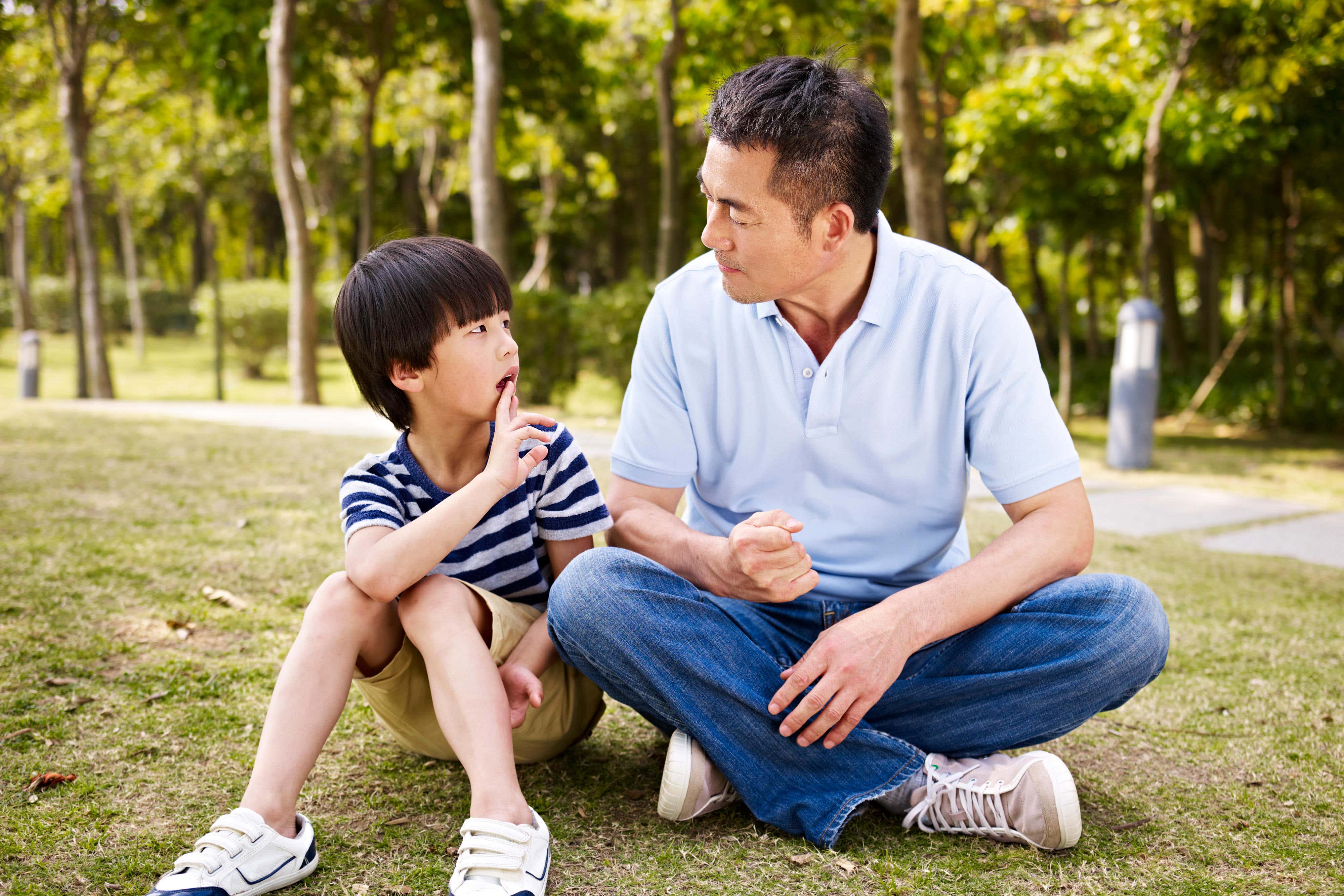How to talk to your kids about others with autism
This Autism Awareness week, take some time to talk to your kids about autism. By Imy Brighty-Potts.

Your child will meet people from all walks of life, with all sorts of personalities and traits at school. It can be exciting, but there can also be challenges when it comes to understanding others, especially for young children.
Encountering autism in social and educational spaces may be confusing for your child, but it shouldn’t be. Why not take this opportunity to open up a dialogue about neurodiversity with your kids?
“Talking to children about autism, and autistic children’s experience, is incredibly important to raise awareness, encourage acceptance, and create an inclusive environment in the classroom and beyond for autistic children,” says Leah Cooper, assistant principal at Impington Village College.
Take the chance to encourage understanding.
“As they grow up, children are likely to encounter many types of neuro-diversity, including autism,” says Danielle Baron, a children’s educator, coach and therapist.
“Planting the seeds of awareness at a young age increases the likelihood of acceptance and understanding. It is important to show children that everyone is gifted in their own way, and can offer many qualities in a community, and also in friendships.”
Here’s how to approach these conversations, according to SEN experts.
Find out what is discussed in your child’s school
“Conversation about autism should take place regularly, rather than be linked to one-off awareness days,” says Cooper.
“Schools can use assemblies and tutor times as opportunities to raise awareness and promote acceptance of autistic children’s differences, through developing a better understanding. Recognition of the natural differences in autistic children’s style of playing, socialising and communicating, can lead to more acceptance from their peers, avoiding exclusion or isolation.”
You can have these chats at home, too.
Point to role models
Make any chat relatable for your child.
“During conversations, signpost to role models past and present, who children can identify with, to further their understanding of autism and autistic children’s needs,” says Cooper.
“Not all autistic people have the same challenges; it is important to remember that each person is an individual and should be treated as such.”
Outline what autism can look like
It may be helpful to explain what autism may look like to children.
“The most common symptom of autism is difficulty with social interaction, altered communication skills and repetitive behaviours and interests,” notes Baron.
“Some individuals with autism may have difficulty making eye contact or understanding social cues, while others struggle to understand sarcasm or figurative language,” she explains.
“It can be linked to other disorders, such as ADHD. People with autism may have difficulty with non-verbal communication, such as facial expressions and body language. ”
But each person is different.
“Girls typically exhibit autism with anxiety but are very good at masking and conforming to social norms.” Make it clear your child may need to be more sensitive to others’ needs.
Use their language
“It is important to speak to children about autism in child-friendly language, and to show them it’s OK if they don’t understand autism completely, and that they can ask questions, because learning about autism is endless; no one knows everything about it,” says Baron.
Correct them kindly
Your child may slip up, but handle it calmly. Even adults make mistakes when talking about neurodiversity.
Baron explains: “It is important to compassionately correct any misconceptions and to ask why your child thinks a certain way about children with autism. As parents, we need to make sure we get ourselves clued up about autism first, to enable us to explain well to our children.”
Bookmark popover
Removed from bookmarks